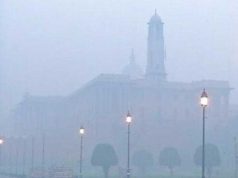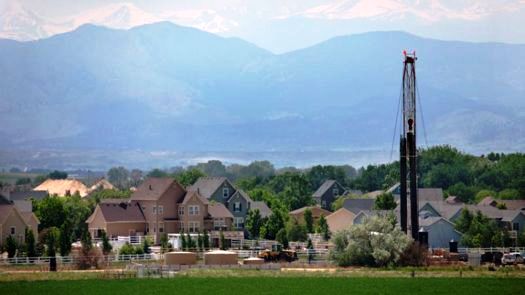“We fundamentally showed how these particles change the colour of the surface,” said Bergin, who is also associated with the School of Civil and Environmental Engineering at Georgia Tech. “We hope to share this model with others who could use it to determine how urban and natural environments are changing colours due to particulate pollution.”
Now that researchers know what’s discolouring the Taj Mahal, the next step will be to identify the sources of the particles and plan control strategies. The sources could be local – and the Government has already taken steps to reduce vehicle and industrial emissions in the area – or the particles could be coming from longer distances away from the region.
While the research focused only on the Taj Mahal itself, reducing particulate matter in the Agra region around the landmark would have additional benefits.
“Some of these particles are really bad for human health, so cleaning up the Taj Mahal could have a huge health benefit for people in the entire region,” said Bergin. “The health of humans and the health of the Taj Mahal are intertwined.”
This research was supported by the Indo-U.S. Science and Technology Forum (IUSSTF), the U.S. Environmental Protection Agency (EPA) under grant RD83479901, and by the National Science Foundation (NSF) under PIRE grant 1243535.
Details of the Research:
Mike H. Bergin, et al., “The Discolouration of the Taj Mahal due to Particulate Carbon and Dust Deposition”, (Environmental Science & Technology, 2014). http://pubs.acs.org/doi/pdf/10.1021/es504005q
Source: Georgia Institute of Technology.


















